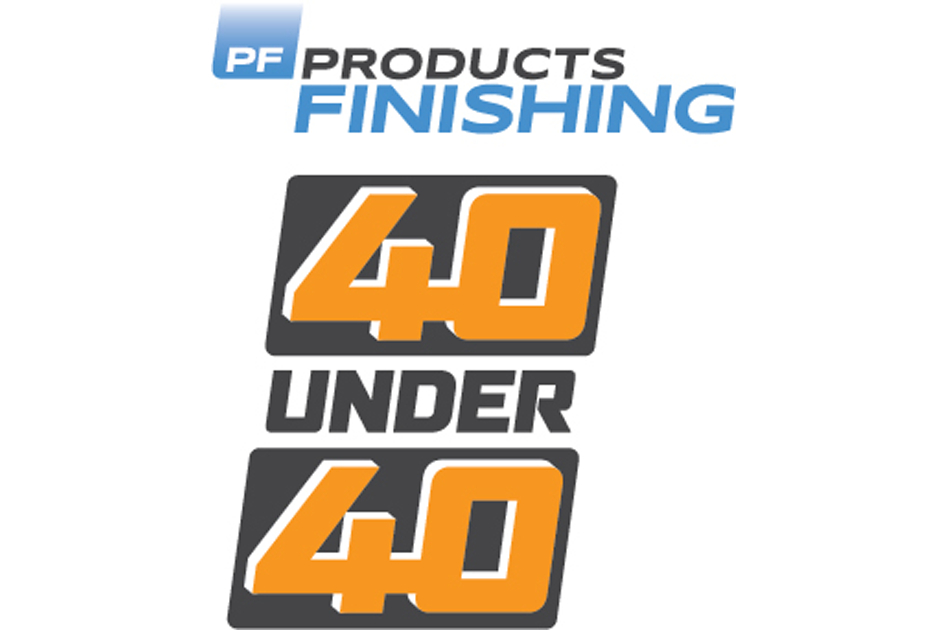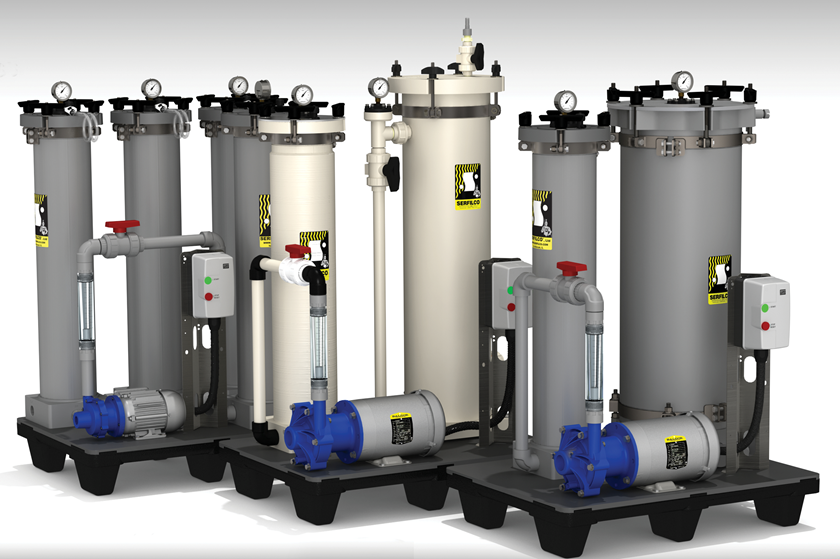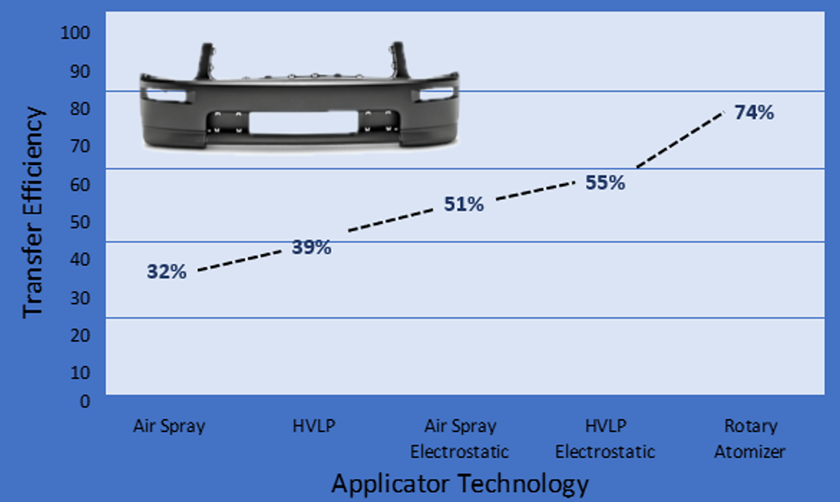EPA Releases Milestone Health Assessment for Hexavalent Chromium
The U.S. Environmental Protection Agency announced in recent days the release of its long-anticipated human health assessment for hexavalent chromium. The assessment is expected to drive tighter requirements and pressure for new restrictions, and the industry has major concerns with the agency’s science in early reviews of the draft. NASF plans to submit comments during the 60-day comment period, which ends on December 19, 2022.
#regulation
The U.S. Environmental Protection Agency announced in recent days the release of its long-anticipated human health assessment for hexavalent chromium. The highly technical draft document has been developed over the past decade by agency scientists under EPA’s Integrated Risk Information System (IRIS) program in the Office of Research and Development.
The IRIS assessment is not rulemaking itself. Rather, it produces toxicity values associated with cancer and other health endpoints that the agency and state regulators can use to develop new or revise existing chromium requirements. Among the most important regulatory decisions informed by the IRIS assessment are federal drinking water and Superfund clean-up standards. Future use restrictions or substance bans under the federal Toxic Substances Control Act (TSCA) will also rely on the IRIS hexavalent chromium health assessment.
NASF and others are reviewing the draft. Early analysis of the document shows that EPA has taken an extremely strict approach in generating its new cancer estimate, relying on the same logic that informed its controversial 2010 draft. If not revised, there will be new pressure for a tighter federal drinking water standard. EPA’s existing maximum contaminant level (MCL) for drinking water, issued in 1991, is 100 parts per billion (ppb) for total chromium. However, many in the activist community have advocated for a much lower MCL, arguing that the current 100 ppb level dramatically underestimates the risks of hexavalent chromium.
The document is now available for a 60-day public comment period, which ends on December 19, 2022. An external peer review process will also be launched in early 2023, which will include a formal review of the draft by a newly selected Science Advisory Board panel of outside academic and other experts.
This update is courtesy of the National Association for Surface Finishing (NASF). For more information or to become a member, visit nasf.org.
RELATED CONTENT
-
Cleaning, Pretreatment to Meet Medical Specs ISO 13485 or FDA 21 CFR820
Maximilian Kessler from SurTec explains new practices for industrial parts cleaning, metal pretreatment and decorative electroplating in the medical device industry.
-
In Service of an Industry
Lessons from the stewards of surface finishing.
-
What Temperature Profiling System is Right for Me?
Today, profiling systems that are both sophisticated and easy to use can give a clear pass/fail finding, document regulatory compliance, let operators know when and where their ovens are trending out of acceptable limits or show that a process is within suppliers’ or customers’ specifications.















